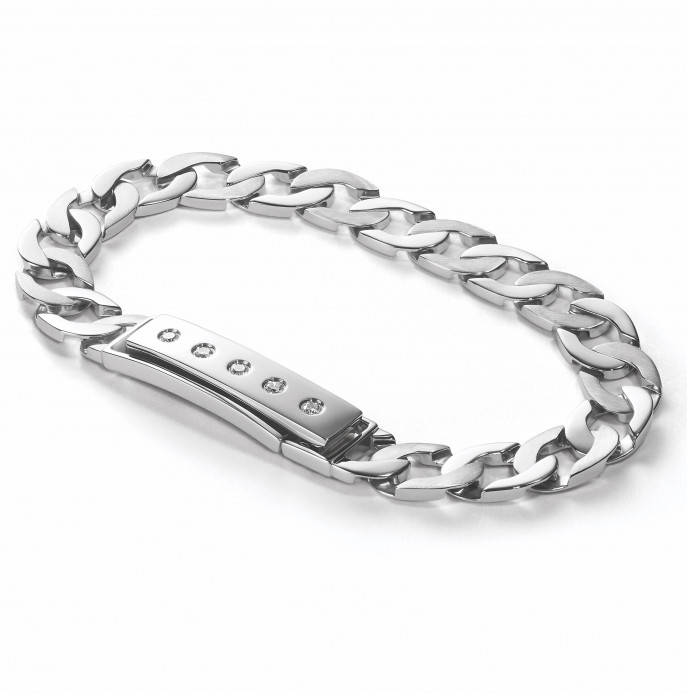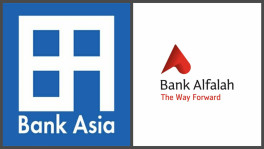Men’s jewellery: From a sign of nobility to an item of fashion
Rulers and elites of Greece and Europe used to wear various embellishments as a symbol of power. Priests and shamans used to wear accessories as a display of the sacred

Whether it is Justin Bieber's beaded necklace, Bollywood's 'Bhaijaan' Salman Khan's bracelet or the bracelet of Bangladesh Cricket Team's captain Mashrafe Bin Mortaza, one common thing between them is their fascination towards jewellery.
Many believe that men wearing jewellery can be traced back to the Stone Age when they used to gather scarce materials such as claws, fangs, fur, leather etc and wear them around their necks and arms.
The trend of men wearing jewellery gained more significance in the Middle Age as during this era men donning jewellery meant nobility.
Rulers and elites of Greece and Europe used to wear various embellishments as the symbol of their power. Priests, shamans, and servants of God, on the other hand, usually wore accessories on their necks, arms and heads as a display of the sacred.
The usage of jewellery by men was very popular in the Indian subcontinent as well.
Surprisingly, jewellery was used for treating illnesses in this region due to the belief that wearing different gems will cure different diseases.
Soon after jewellery gained popularity as an item of fashion.

Written history stands as testament for not only usage of gold but also for copper and silver in jewellery originating from Pundra (now Bogura) and Tripura (now Cumilla) before the Muslim rule began in this region.
The beginning of Muslim rule revolutionised jewellery design in this region.
During this period, elite women's ornaments were decorated heavily with diamonds, gold and precious stones whereas noble men's ornaments were decorated with various types of pearls.
During this era, nawabs from this region used different stones and pearls in their turbans and dresses, and even to decorate their swords.
They also sent these trinkets to other nawabs and kings across the subcontinent and other regions.
A pompous picture of the then-Dhaka's nawab Khawja Abdul Gani stands as evidence of elite men wearing jewellery.
Although men continued using different ornaments on special occasions, wearing them daily declined after the British invaded this region.
In recent years, ear studs, bracelets and various kinds of lockets have become popular among young men, thanks to public figures and celebrities adapting these trends.

For instance, Nagar Baul's James' eyebrow piercing once inspired hundreds of his fans all around the country to do the same.
Nowadays, ornaments are sold through various online platforms, increasing the number of men wearing jewellery massively.
Young bikers and students like wearing simple, inexpensive yet stylish bracelets, finger rings, chains or lockets as items of fashion, whereas older men prefer simpler ornaments and the married ones usually opt for only simple finger rings.
Some men wear cufflinks or coat pins to make their formal outfits look more elegant.
Jewellery has been around since ancient times, both as a means of treatment and an item of fashion.
Throughout these years, human history has witnessed a lot of revolutionary changes in the usage of ornaments and has continued even today.

In today's world, gold and diamonds are not only used to make jewellery but also as determinants of exchange rates between different currencies.
Dos and don'ts
It is important to know which pieces to wear on which occasion. Multiple bracelets or chains would look fine during a casual hangout with friends but try to avoid them for a presentation or a pitch session.
Refrain from wearing metal jewelleries for too long during summer as they might give you skin irritation.
Unless you are going for a dramatic look, remember that less is more. Wear one or two finger rings instead of one on every finger.

If you keep your jewellery clean and dry, away from heat and moisture, they will last for long.
Where to buy them
Online stores such as Priyo shop, AjkerDeal, Daraz, KableWala and Ubuy sell various ornaments including bracelets, lockets and eyebrow studs.
The price of these ornaments range from less than Tk100 to over Tk1,000. It will increase if you custom make pieces in gold and silver.
Men's jewellery can also be found in shops in Dhaka's New Market, Gausia, Aziz Super Market, Doel Chattar and at the premises of the Faculty of Fine Arts, University of Dhaka.


 Keep updated, follow The Business Standard's Google news channel
Keep updated, follow The Business Standard's Google news channel
















